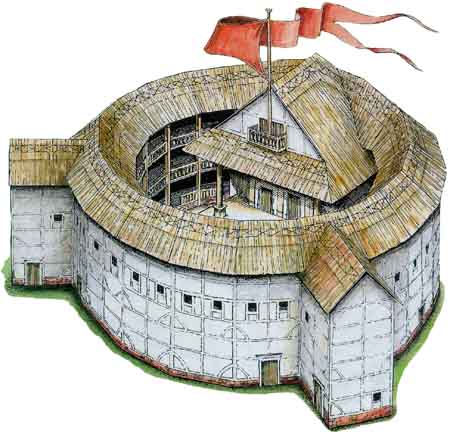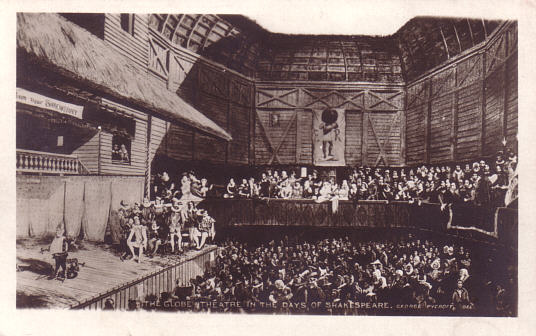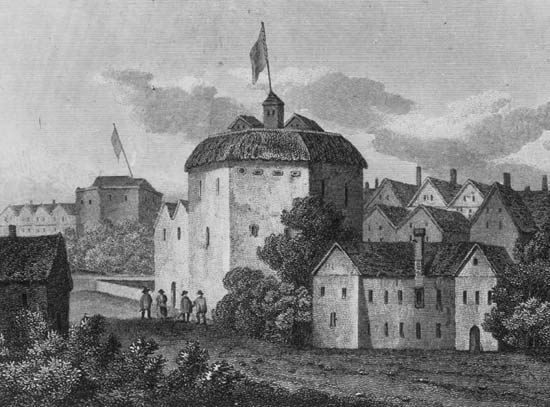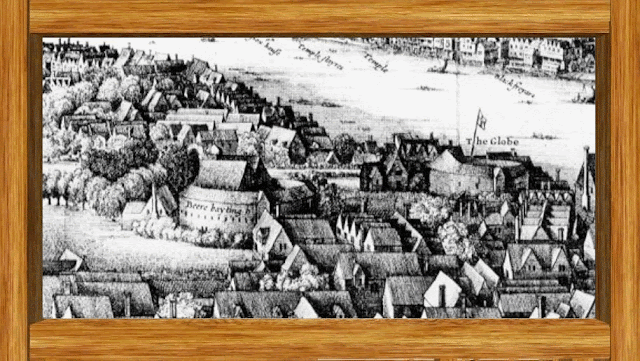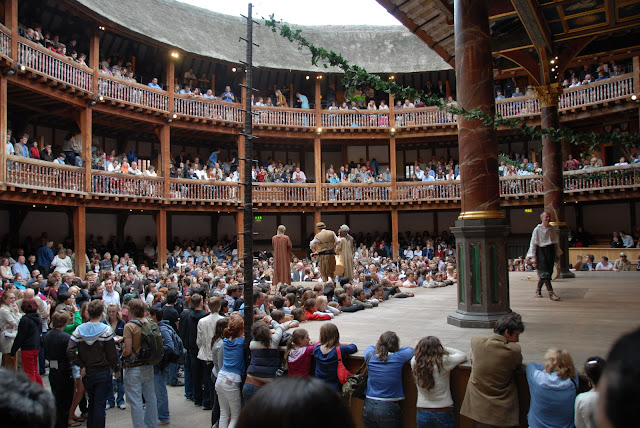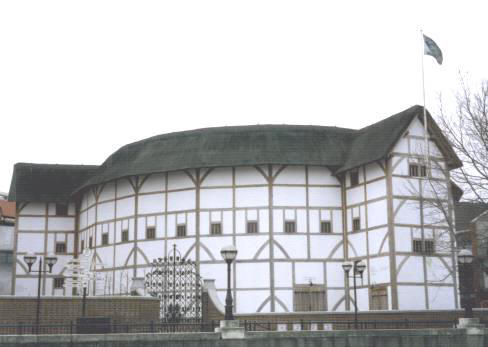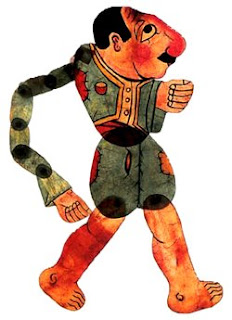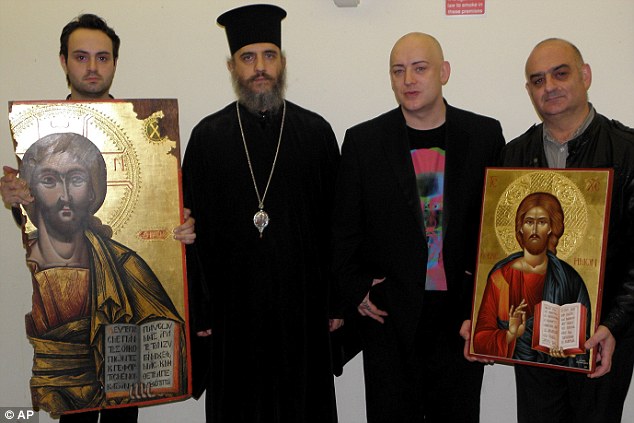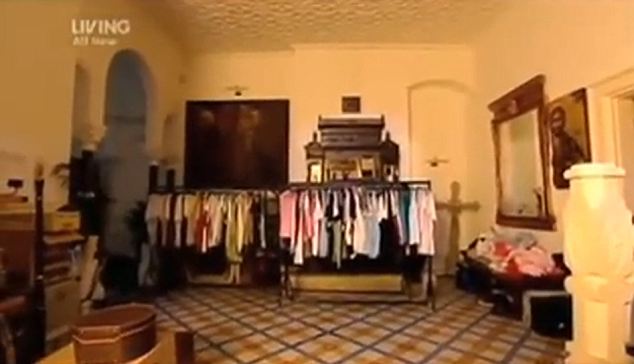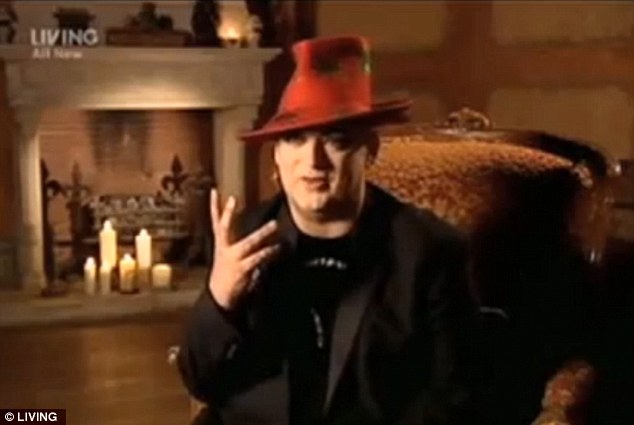Each of the 38 works of English playwright William Shakespeare will be presented in different languages, from Spanish and Arabic to Urdu, the events taking place during the 2012 Olympics in London. The projects will produce different troupes from around the world.
Theatre Globe, built on the banks of the Thames where it was the theater of Shakespeare, which burned down in 1613, will hold over six weeks beginning with special performances from April 23, 2012, anniversary of death of the author.
W.Shakespeare "are for many years as an international language and have demonstrated that they follow the way people talk," says a statement of artistic director of the Globe, Dominic Drongkoul in the website of the theater.
Among the projects are "King Lear" to be presented in the language of the aborigines of Australia, and the "Love's Labour's Lost" in sign language.
The Globe Theater, Bankside in Southwark, London
The Globe, built by carpenter Peter Smith and his workers, was the most magnificent theater that London had ever seen and built in 1597 -1598. This theatre could hold several thousand people! The Globe Theatre didn’t just show plays. It was also reputed to be a brothel and gambling house. It was situated on the South bank of the river Thames in Southwark. The old Globe Theatre was a magnificent amphitheatre, as shown in the picture at the top of the page. Maps of London clearly show the architecture of the Globe Theatre, and these have enabled an approximate picture of the old Globe Theatre to be drawn. Not one inside picture of the old Globe Theatre is in existence, however, a picture of another amphitheatre, the Swan, has survived. The amphitheatres were similar in design, so the picture of the Swan Theatre can be used a good guide to the structure of the old Globe.
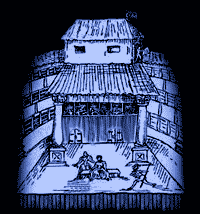 |
| Picture of the Swan Theater |
William Shakespeare had a stake holding in the Globe Theatre and also acted in some of the productions of the plays. It is not known exactly how many roles Shakespeare played himself, although we do have some documented information. Shakespeare had began his career on the stage by 1592, because there is a surviving document by Robert Greene' Groatsworth. It is probable that Shakespeare played the title role in Edward I (a play by Edward Peele) in 1593. It is also assumed that Shakespeare played smaller roles in a variety of his own plays, including As You Like It (Adam), Macbeth (King Duncan), Henry IV (King Henry), and Hamlet (Hamlet's father). Shakespeare's first biographer, Nicholas Rowe, referring to a role by William Shakespeare as "the Ghost in his own Hamlet" and was "the top of his performance".
read more in http://www.william-shakespeare.info/william-shakespeare-globe-theatre.htm
The new Globe Theater

